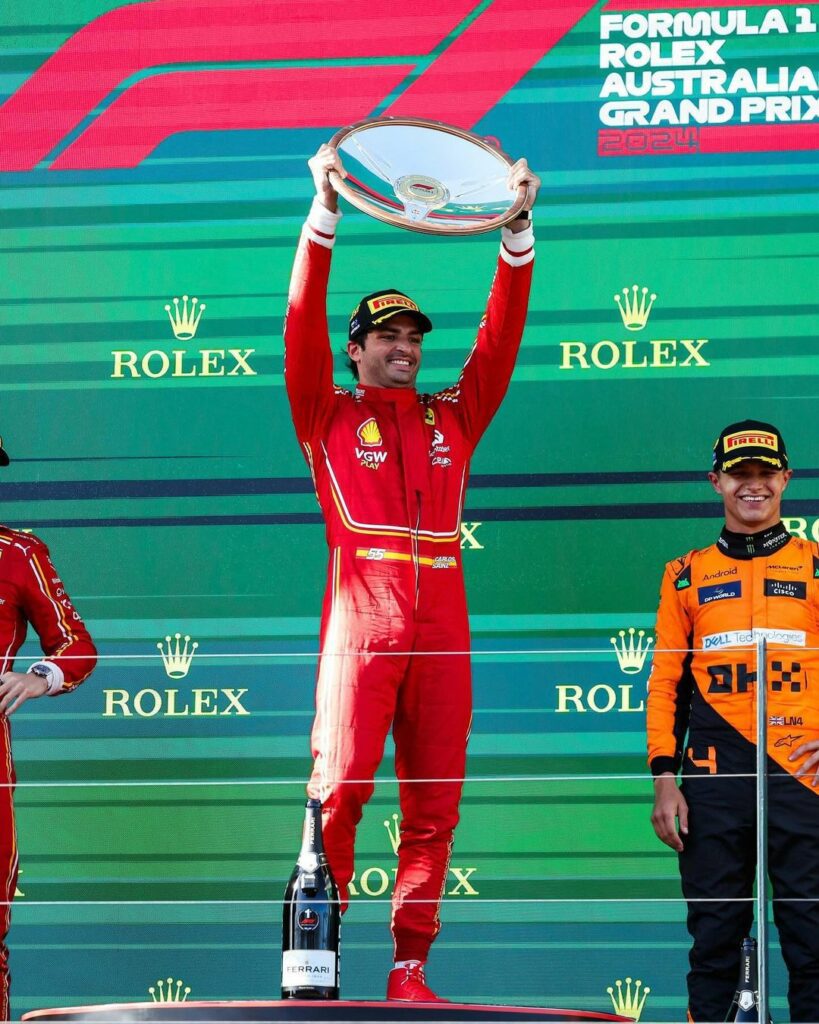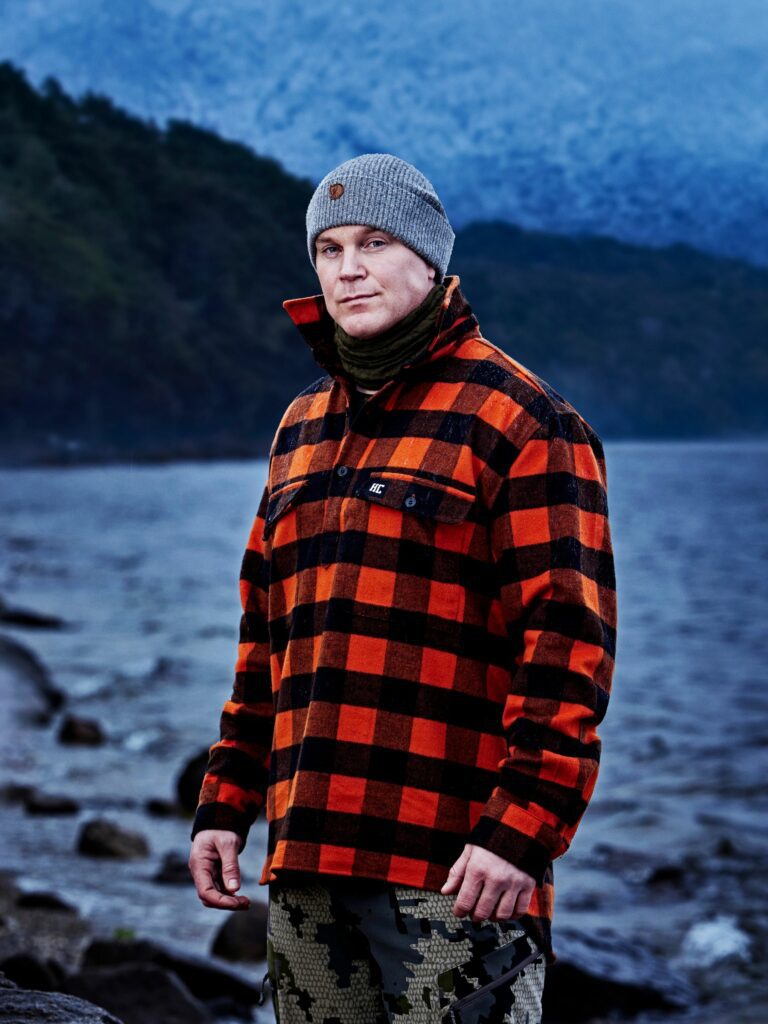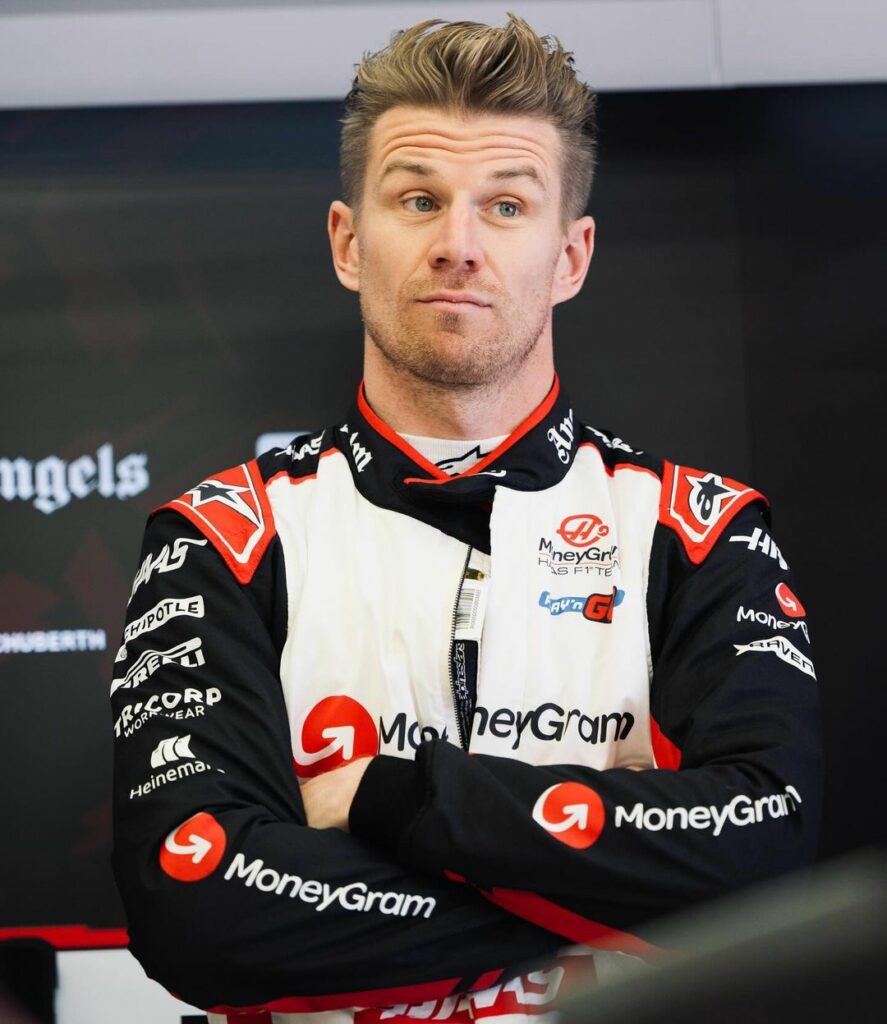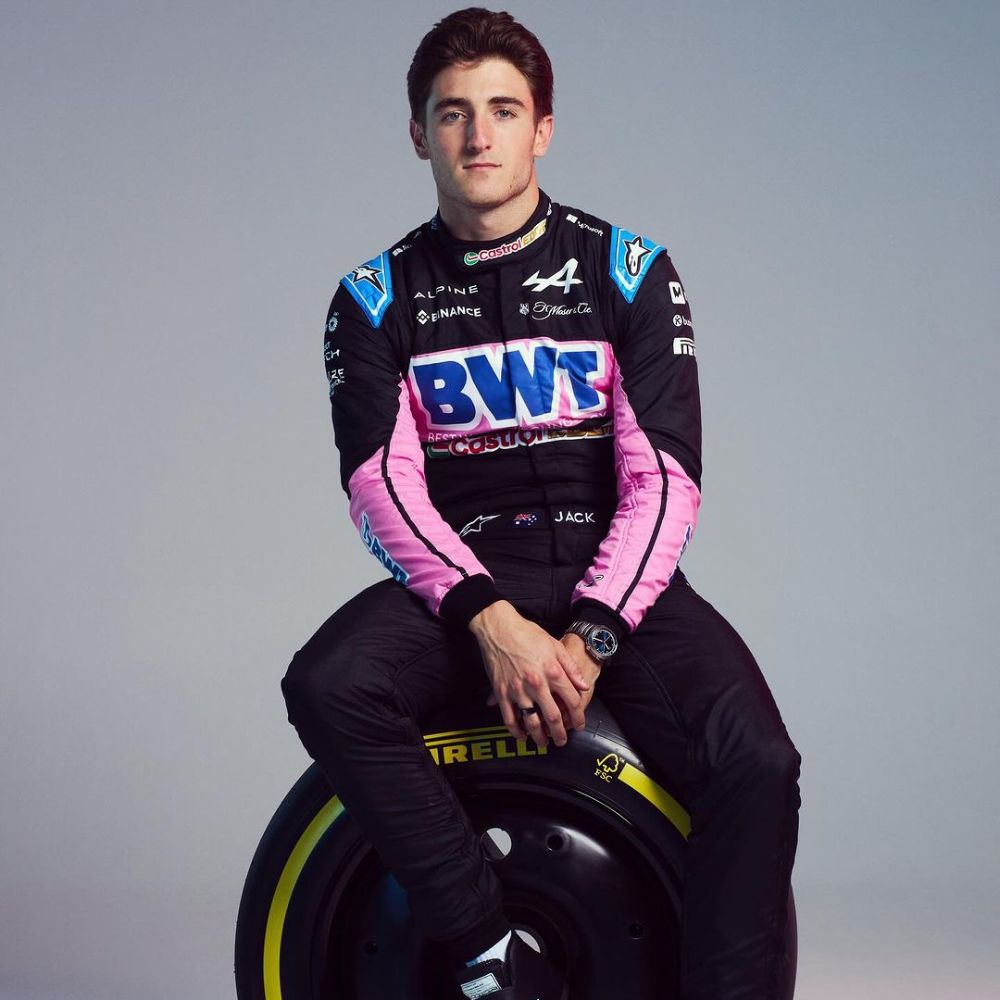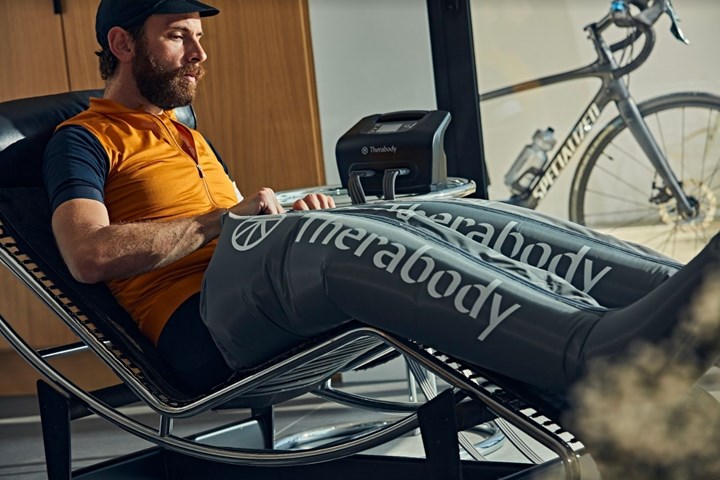DESPITE THE OBVIOUS differences between the sports, it’s difficult not to view efoiling as surfing’s pickleball. Both borrow aspects of an existing sport (racquets and balls for pickleball, surfboard-like boards for efoiling), both have only come to mainstream attention in the last decade, and both are skyrocketing in popularity. But a key difference lies in their reliance on technology. In all likelihood, pickleball has reached its zenith. Its boundaries have been set, and its limits pushed to their zenith. Whereas efoiling continues to evolve as new innovations are made every day.
In the simplest terms possible, an efoil is what happens when you add an electric motor to a hydrofoil, allowing users to literally glide above the water. The result is a piece of equipment that is less reliant on conditions, a whole lot faster than a regular hydrofoil, and according to Flite performance team rider Matt McVeigh, “the most addictive thing ever”.
Today, Matt McVeigh is one of the world’s best foilers. Although, a few years ago he wasn’t even one for surfing – or any water sport, for that matter. “I never really ventured to the beach much and I wasn’t into swimming, surfing or anything, so water sports didn’t really appeal to me,” McVeigh says.
Living inland, it’s not hard to understand why McVeigh never got into water sports, but he’s always been an active person. McVeigh played rugby growing up and was even selected to train in a talent squad at the Australian Institute of Sport to prep for the Olympics. However, when he moved to the Sunshine Coast and was suddenly living exceedingly closer to the ocean, he was overweight and struggling with both his physical and mental health. But he was determined to make a change.
“When I moved up to the Sunshine Coast and saw everyone out surfing, I wanted to get involved in that,” McVeigh says. “I ended up hiring a longboard one day and found myself paddling around for like an hour and not catching any waves. That pretty much burnt my idea of getting involved in surfing and I just gave up right there.”
McVeigh didn’t give up entirely though. Instead, he did some googling and came across Fliteboards – Flite’s flagship efoil – and was intrigued by the motorised aspect. “I took a took a lesson on that and just loved it,” he says. From there, he never looked back.
View this post on Instagram
Besides being an addictively fun hobby, getting into efoiling helped McVeigh get fit. “It’s a full body workout,” he says. “You can push yourself as hard as you want and get whatever you want out of it. That’s all I really did and I lost 25 kilos or so from basically just doing that every day.”
One of the strengths of efoiling, according to McVeigh, is how easy to learn it is. “Just this morning I went out for a foil and I had a friend there that’s never ridden before, but really wanted to give it a go. I just changed the wings over and put him on my board. He was up and flying within 20 minutes,” McVeigh says.
Although, he does believe not having a background in surfing actually made learning the sport easier. “On the foil it’s a lot of front foot pressure, whereas surfers put pressure on their back foot,” McVeigh says. “So when surfers come and do a lesson, they’ve got a bit of a bad habit to put all the weight on the back foot, which makes it more challenging.”
McVeigh now runs a Fliteschool part-time, where he teaches other prospective foilers the tricks of the trade. He firmly believes that easy learnability isn’t the only appealing aspect of efoiling. “It’s just so accessible and you can go in any conditions. If you’re a bit time constrained and you’ve only got an hour, you don’t need to wait for low tide, high tide or wind or anything like that, you can just drop the board in and get going,” he says. “When I was working as a carpenter, I’d turn up before work and go foiling. I knew what I was going to get in that hour and I didn’t need conditions to be perfect.”
A newfound passion for efoiling culminated in McVeigh being inducted into Flite’s performance team in 2023. In the role, McVeigh gets to test all of Flite’s newest innovations and work alongside other elite foilers. “It’s been really cool to work with the likes of Adam Bennetts – who’s the best foiler in the world – and getting some inside knowledge into the world of foiling.”
View this post on Instagram
Working with Flite has been a dream come true for McVeigh, who believes the brand makes the best efoils on the planet. “I really like the quality of the build,” he says. “You want something that you can rely on when you’re out in the harsh conditions. I think I’ve recorded something like 12,000 waves on the app and I think I’ve only had one issue with the controller in that whole time.” Of course, if you’re venturing into the depths of the ocean, the last you thing you want to be thinking about is what will happen if your gear breaks down. His Fliteboard gives McVeigh piece of mind, and much more.
“Another great thing about Fliteboards is that once you’ve had a session and you come back in to shore, you can connect your phone to your board and download your session and analyse it. That’s an awesome way to keep track of your progression,” McVeigh continues. “There’s also a world leaderboard, so you can compete against people in biggest and longest waves and all that stuff.”
The efoil industry is one of constant turbulence. New innovations are arriving almost every day and pushing beyond what was previously thought to be the pinnacle of performance. “Flite’s R&D is always working on new stuff,” McVeigh says. “There’s constantly new things coming out, like new material. They’ve just made a new carbon fibre foil that’s a lot lighter and thinner, so it goes through the water better.”
McVeigh also believes that it’s only a matter of time before efoiling starts having organised competitions, whether they be races, big wave challenges, or contests judging riders’ skills. “There definitely will be,” he says. “I don’t know when that will happen, but there’s lots of racing that’s already starting, there’ll be competitions within the next couple of years for sure.”
As is the case in any field where technological developments are constantly redefining what is within realm of possibility, the future of efoiling is, by its very nature, uncertain. The sport could look very different a decade from now, but McVeigh concurs that one thing is certain, with more people trying efoiling every day, the sport is only just getting started.
View this post on Instagram
Related:
Surfing Fanatics Unite: URBNSURF Is Coming To Sydney
Aussie surf king Jack Robinson on Olympic dreams, the power of meditation and dad strength









